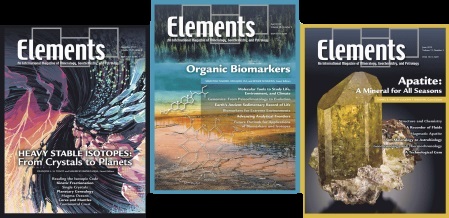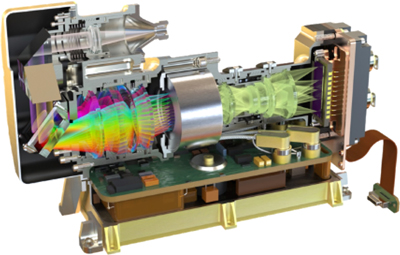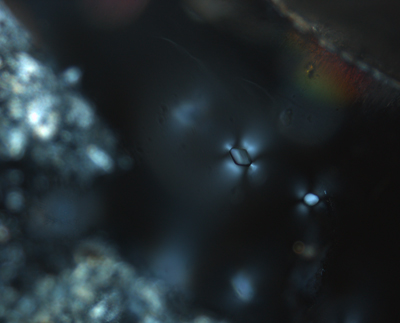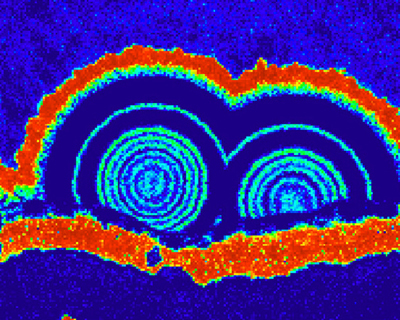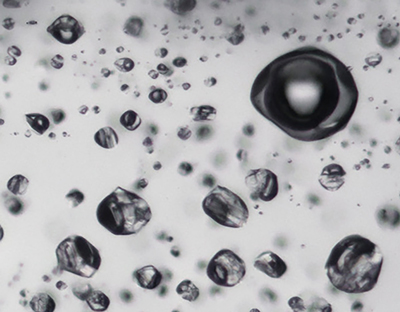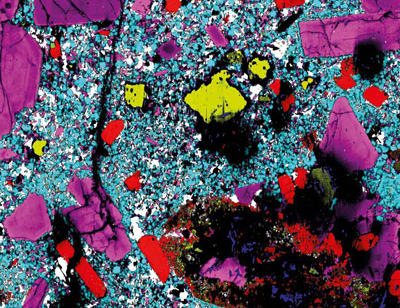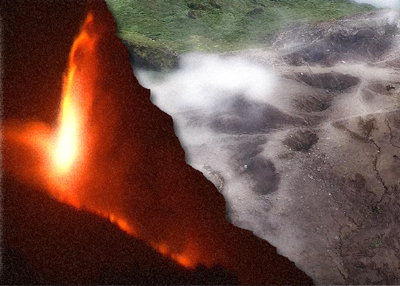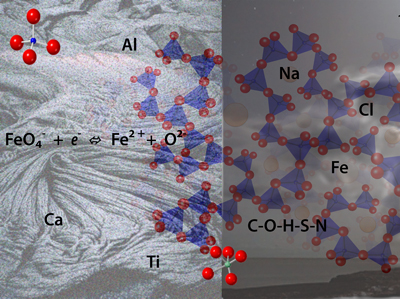New Trends in Raman Spectroscopy: From High-Resolution Geochemistry to Planetary Exploration
This article reviews nonconventional Raman spectroscopy techniques and discusses present and future applications of these techniques in the Earth and planetary sciences. Time-resolved spectroscopy opens new ways to limit or exploit luminescence effects, whereas techniques based on coherent anti-Stokes Raman scattering (CARS) or surface-enhanced Raman spectroscopy (SERS) allow the Raman signal to be considerably enhanced even down to very high spatial resolutions. In addition, compact portable Raman spectrometers are now routinely used out of the laboratory and are even integrated to two rovers going to Mars in the near future.

